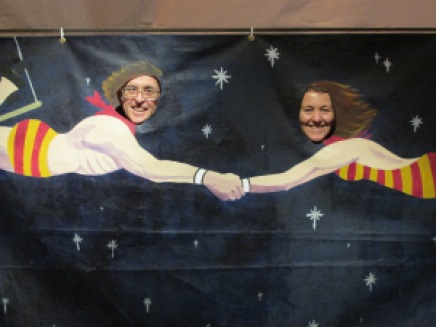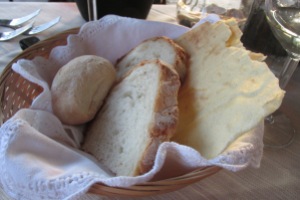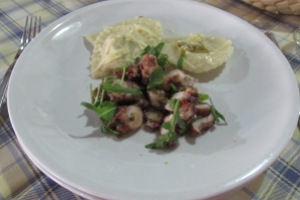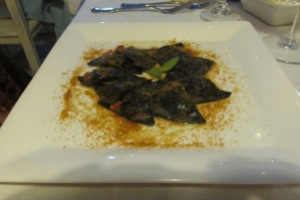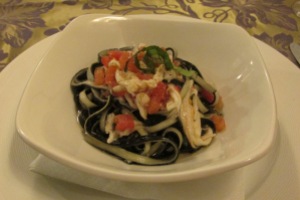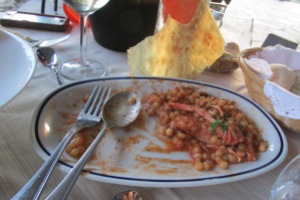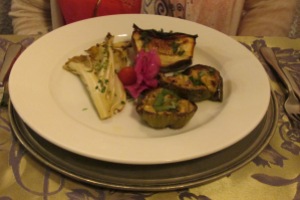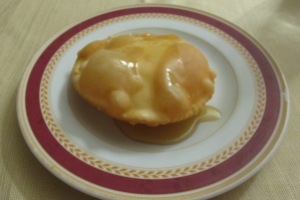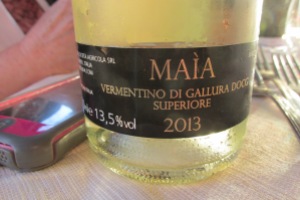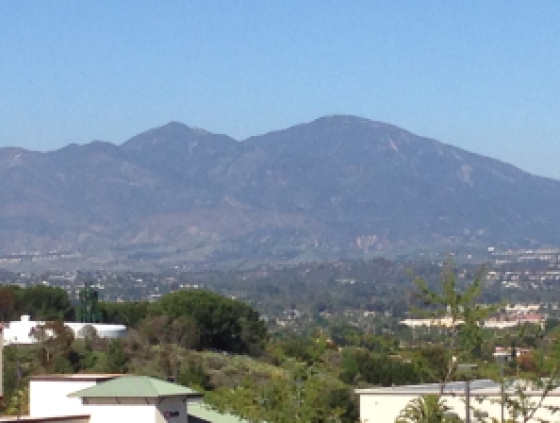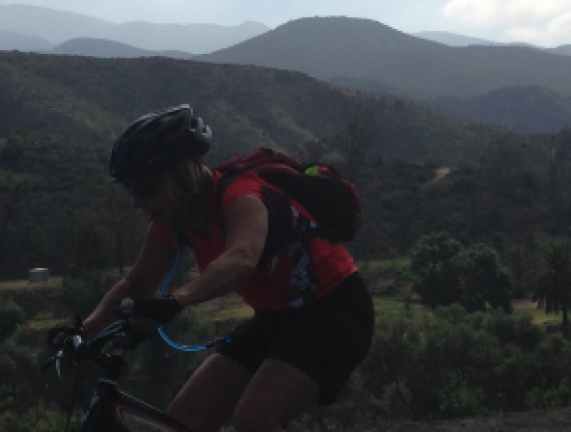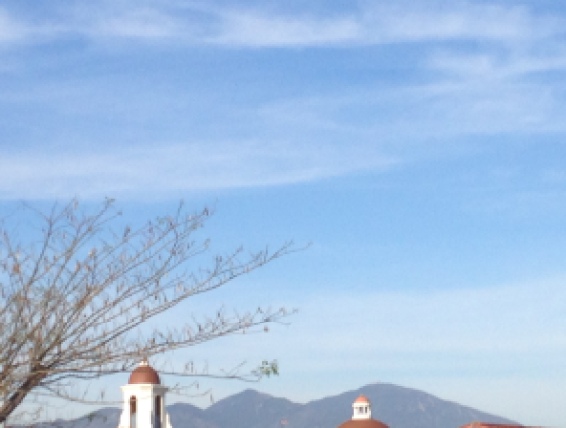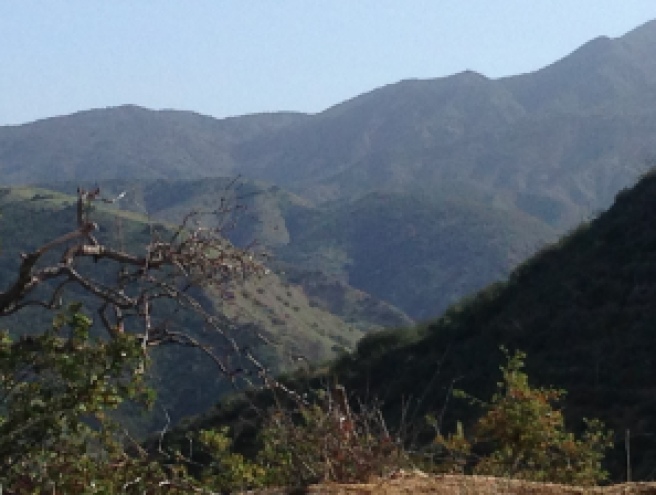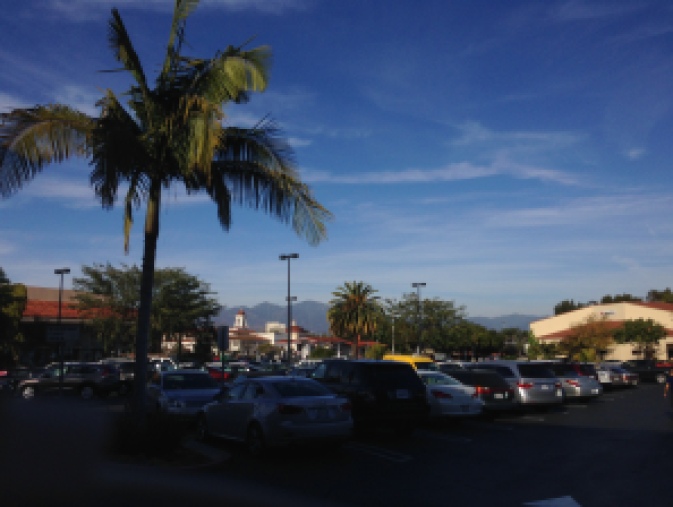Before we get into today’s post I want say that Travels With Penelope is undergoing changes. Shortly the web address will change so emails will be subsiding. I encourage you to ‘follow’ by subscribing to the blog in order to continue to receive notifications. If you are already a subscriber, you do not have to resubscribe.
No matter what your dietary preferences may be I think you will enjoy the article recently posted in the NYT.
My Dinner With Longevity Expert Dan Buettner (No Kale Required)
It led me to reflect on the many dietary (from the Greek diaita meaning a way of life) paths I have chosen. Omnivore, vegetarian, pescatarian, vegan, raw foodie, juicer, sometimes combining more than one way at a given time, I will not become a Paleo because I agree with longevity expert Dan Buettner when he recently joked in the above article, that’s fine “if all you want is the life expectancy of a cave man.”
Am I conflicted? Not so much as it may sound. Changes in diet have been evolutionary moments in which I took in what body wisdom dictated and followed through on its sage advise. I have discovered that it takes about three weeks to change the palate. For example, the first week I ate raw, the food tasted lackluster, the second, some dishes began to appeal, and by the third I was in love. At the same time with a highly alkalized body wine tasted like vinegar, coffee like mud. Later with a little less alkaline in the diet I managed to shift the taste of wine back to nectar.
I turned back to coffee because I missed the early morning ritual it provided and the coziness of beginning the day with a warm beverage. I also rationalized that coffee as Buettner noted is one of the biggest anti-oxidants in the American diet. Furthermore, as a recent study from Japan has confirmed, coffee drinkers reach older age more free of common diseases than non-drinkers. Coffee gains ground with health experts.
Later, with my ubiquitous need for change, I turned to tea. Currently, my drink of choice is an almond milk chai, not the way most coffee houses prepare it loaded with sweetness, but as it is made at Portola Coffee Lab in Costa Mesa, Ca. Portola Coffee Lab: Micro Roaster of the Year www.portolacoffeelab.com/ or my own brew made with organic rooibos, fresh ginger, cardamom, cinnamon, and combined with steamed organic almond milk. The spices take care of the need for sweeteners, but on occasion I add a dollop of honey.
Recently, the coffee roaster at Portola prepared a cup of coffee for me one of my favorites from Kenya, no less. First cup in seven months I had to take my time, sipping ever so slowly. Three tablespoons in the caffeine began to pack a wallop. Still, the three T’s were heavenly!
My palate is not only conflicted, as some would have it, but likes change, variety and trips into the world of the unusual. When I transitioned into a vegetarian and could no longer depend on a pork chop, a chicken leg or a fillet for my main gig the experience of what I could eat expanded exponentially. I discovered Beluga lentils, mung beans, faro, millet and buckwheat groats. The same happened when I left dairy and eggs to transition from vegetarian to vegan. No move had quite the expansiveness as the move into the world of raw. I discovered that cheeses made with nuts are amazingly similar to cheeses made with milk. When I made raw zucchini pasta for friends, they failed to recognize the zucchini thinking it was wheat pasta.
Over the years I have drawn from each of the “ways” distilling the best and hopefully adding to the health and happiness of body, mind and spirit. The journey holds no absolutes, with personal health, animal health, and that of the planet my only goal. Lately, I had sensed a new adventure looming on the horizon. When I came across the article above on Dan Buettner’s writings about the Blue Zone diets I knew I had landed yet again.

